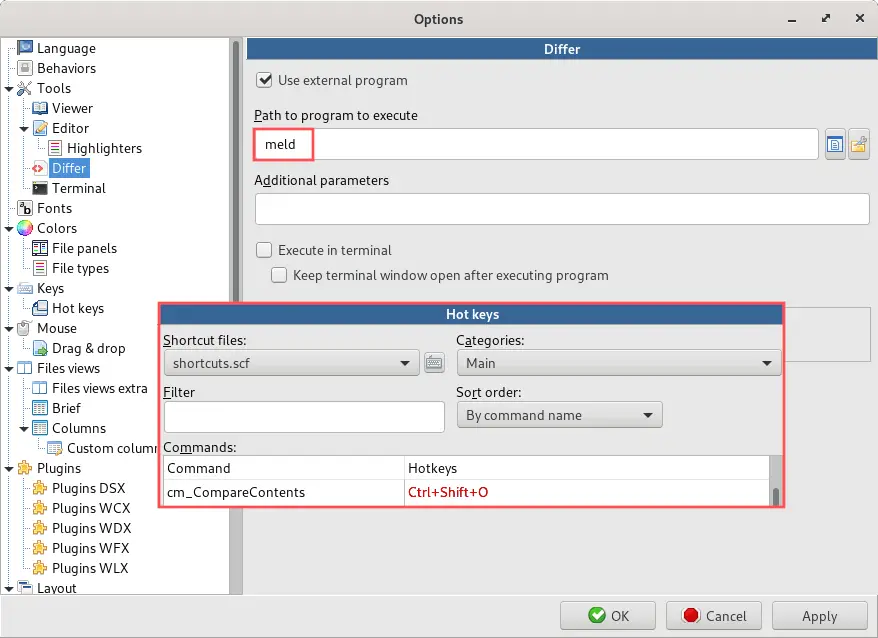
One hundred percent keyboard control is also perfectly viable, which tends to add to accuracy for repetitive jobs.Īs is usually the case with dual panel managers, the function key shortcuts are displayed at the bottom of the window, and this is customisable too. A click on the location bar switches to showing the directory path, and you can pop a network URL such as an FTP site or a shared folder directly into this, broadening the roles that Dolphin can fulfil.Īlmost every area of the Krusader user interface is customisable and there is an emphasis on creating your own scripts and macros to automate jobs. Typifying the hidden depths of Dolphin, the detail view has the option of adding quite a lot of extra fields such as the dimensions of an image or the artist name in the case of audio files. All of these features can be assigned to toolbar icons so that you can whip them out when you need them. At the flip of a toolbar button, Dolphin can be used as a basic dual panel file manager, with an optional side window which gets you the intimate details of a particular file. You can even add a terminal window panel that follows the current directory in the main panel - very handy when using Linux. However, at this point, Dolphin starts to look a bit more suitable for a technically-minded user. It can be populated with icons manually, and that takes time.

We consider ourselves to be power users, so our first order of business was to enable the toolbar and the menu bar, but it’s a shame that the default toolbar is so sparse once it’s switched on.


 0 kommentar(er)
0 kommentar(er)
